So where are the best spots to see the autumn leaves in Tohoku? And what is it about the beautiful autumn scenery in Tohoku that makes visitors not want to leave? Let's begin our journey to discover the wonderful autumn colors in this land!
1. The best time to see red leaves in Tohoku
The original autumn scenery of Tohoku, quiet yet brilliant. (Photo: Collected)
Due to its northern location and high elevation, autumn in Tohoku usually comes earlier than other areas of Japan . The best time to see the autumn leaves in Tohoku usually starts from late September in mountainous areas like Hachimantai, then gradually spreads to lower areas in October and early November.
The great thing is that the elevation changes between localities in the region allow you to extend your autumn leaf hunting journey for several weeks in a row, from Aomori to Yamagata. The feeling of the autumn leaves gradually spreading along the journey, as if you are immersed in a symphony of nature, slow and enchanting.
2. Beautiful autumn scenery and red leaf viewing spots in Tōhoku
Resort Shirakami Train – Experience a train ride to hunt for autumn leaves across the Tōhoku region
Forest and coastal train ride – experience the emotional red leaves when traveling to Tohoku in autumn. (Photo: Getty / DoctorEgg)
One of the most memorable experiences when traveling to Tohoku in autumn is a trip on the Resort Shirakami train. This famous tourist train passes through the coastal and mountainous areas of Aomori and Akita prefectures.
As the train glides through the red forests, you can see the maple leaves spread out like silk carpets by the glass windows, reflecting the afternoon sunlight, creating a brilliant and peaceful scene. The curves hugging the cliffs, the sections of road following the rolling Japanese coast… all create a dreamlike journey, especially when you are relaxing on the swivel chair facing the large window.
In addition, the train also features shamisen (traditional lute) performances and local specialty snacks. This is not just a train ride, but a colorful symphony of Tohoku's autumn scenery, where every window is a moving picture.
Hachimantai Mountains – Autumn in the Sea of Clouds
Sea of clouds and autumn leaves forest at Hachimantai – One of the best autumn leaves viewing spots in Tohoku. (Photo: Mareike Dornhege)
Located between Iwate and Akita prefectures, the Hachimantai Mountains are one of the most popular autumn foliage spots in Tohoku. In early October, the area is ablaze with the yellow, orange, and red hues of maple, ginkgo, and oak trees. Looking down from the top of the mountain, you will see the entire mountain range dyed in a fiery red that stretches all the way to the horizon.
One special thing that only Hachimantai has in autumn is the phenomenon of "sea of clouds". When clouds float across the mountains in the early morning, it feels like you are lost in paradise. This is an ideal place for trekking, hunting for nature photos, or simply to take a deep breath and feel the pure peace.
On your autumn tour of Tōhoku, if you need a place that is both wild and spectacular to take photos of a lifetime, Hachimantai is a destination not to be missed.
Lake Towada and Oirase Stream – When the water reflects autumn
The beautiful autumn scenery at the Towada crater lake, Tōhoku captivates visitors. (Photo: Collected)
Lake Towada and Oirase Stream in Aomori Prefecture are a popular pair in the Tohoku autumn foliage scene. From mid to late October, the area transforms into a vivid autumn scene as the trees on both sides change color, reflecting off the deep blue surface of the lake.
Red leaves reflected on the Oirase stream create a peaceful, profound autumn scene. (Photo: mocxichan)
Along the Oirase stream, about 14km long, there are dozens of small waterfalls weaving through the red leaf forest. The streamside trail is designed for convenient walking, allowing you to enjoy the babbling sound while feeling the cool autumn breeze brushing past your face. This is one of the most impressive experiences you will have when traveling to Tohoku in the fall because it is not too crowded, completely immersed in nature.
Whether you're rowing a boat on Lake Towada or strolling along the Oirase River, every movement slows down so you can clearly feel the colors of the beautiful autumn scenery of Tōhoku.
Ginzan Onsen – Hot spring village in the heart of autumn
The ancient town by the hot spring is covered in red leaves, imbued with the poetic beauty of Tōhoku's autumn scenery. (Photo: Collected)
Nestled in a valley in Yamagata Prefecture, Ginzan Onsen is a hot spring town famous for its ancient and romantic beauty, especially when the red leaves cover the classic Taisho-style wooden roofs.
In autumn, this place looks like a scene from a Ghibli movie . Small bridges over streams, yellow lights from traditional inns, and brilliant red leaves covering both sides of the mountain slopes… all create a beautiful scene to rest and restore energy.
Soaking in the open-air hot spring at Ginzan Onsen while the red leaves flutter around you is an experience that anyone who loves Japanese autumn should try at least once in their life. For me, this is no longer a travel moment, but a healing moment.
Without a doubt, Ginzan Onsen is the perfect finishing point for your autumn trip to Tōhoku, where you can end your journey in absolute serenity and relaxation.
3. Tōhoku Autumn Cuisine – Warm Taste from the Northeast
Aomori Apples – Pure Autumn Flavor from the Northeastern Soil. (Photo: Aomori Apple Association)
As autumn approaches, the culinary specialties of the Tōhoku region become richer and more flavorful than ever. Especially the hot dishes, using local seasonal ingredients, are both delicious and help warm the body in the chilly autumn weather of the mountainous region.
Don’t miss nabe, a Japanese hot pot dish made with meat, vegetables, and local mushrooms. In the Aomori region, the sweet, slightly spicy cod hot pot (Anko Nabe) is a favorite when the weather turns cold.
Another highlight is Aomori apples, the most famous apple in Japan thanks to their crisp sweetness and distinctive aroma. Autumn is harvest season, so you can visit apple orchards to pick and enjoy them right on the spot, which is also a very popular experience on autumn tours of Tohoku.
4. Autumn Festival in Tōhoku – Harmony of culture and nature
Namahage Akita - A traditional festival with a strong Akita character. (Photo: © Oganavi)
Autumn in Tohoku is not only full of beautiful red leaves but also bustling with unique traditional cultural festivals, deeply reflecting the spirit of the people of Northeastern Japan.
Namahage Autumn Festival in Akita
The Namahage Festival is a unique Akita culture, where men dressed as mountain demons with scary masks walk around the village to scare lazy people as a way to teach children. Although it is a bit “scary” for newcomers, the festival is very popular because of its educational and community values. In the fall, the festival is held on a larger scale, combining fire dancing, traditional drums and seasonal foods.
Ginzan Hot Spring Light Festival
When the red leaves begin to fall, the entire town of Ginzan Onsen is lit up with hundreds of lanterns and antique lamps. The light festival is not too noisy, but on the contrary, gentle and romantic, very suitable for those who love the peaceful beauty of Tōhoku autumn tourism. Walking on the wooden bridges in the dim light, the sound of babbling streams and the scent of fragrant wood, you will feel like you are lost in a fairy tale dream.
If you are looking for a different, less crowded and more unique journey, then traveling to Tohoku in autumn is an option not to be missed. From the autumn foliage spots in Tohoku such as Hachimantai, Lake Towada to the beautiful autumn scenery of Tohoku such as Ginzan Onsen or the Resort Shirakami train journey – every stop is a valuable experience.
More than a trip, it is a healing journey where nature, culture and cuisine blend together perfectly. Plan early so you don’t miss the most brilliant moment of autumn in this northeastern region of Japan !
Source: https://www.vietravel.com/vn/am-thuc-kham-pha/du-lich-tohoku-mua-thu-ngam-la-do-v17809.aspx


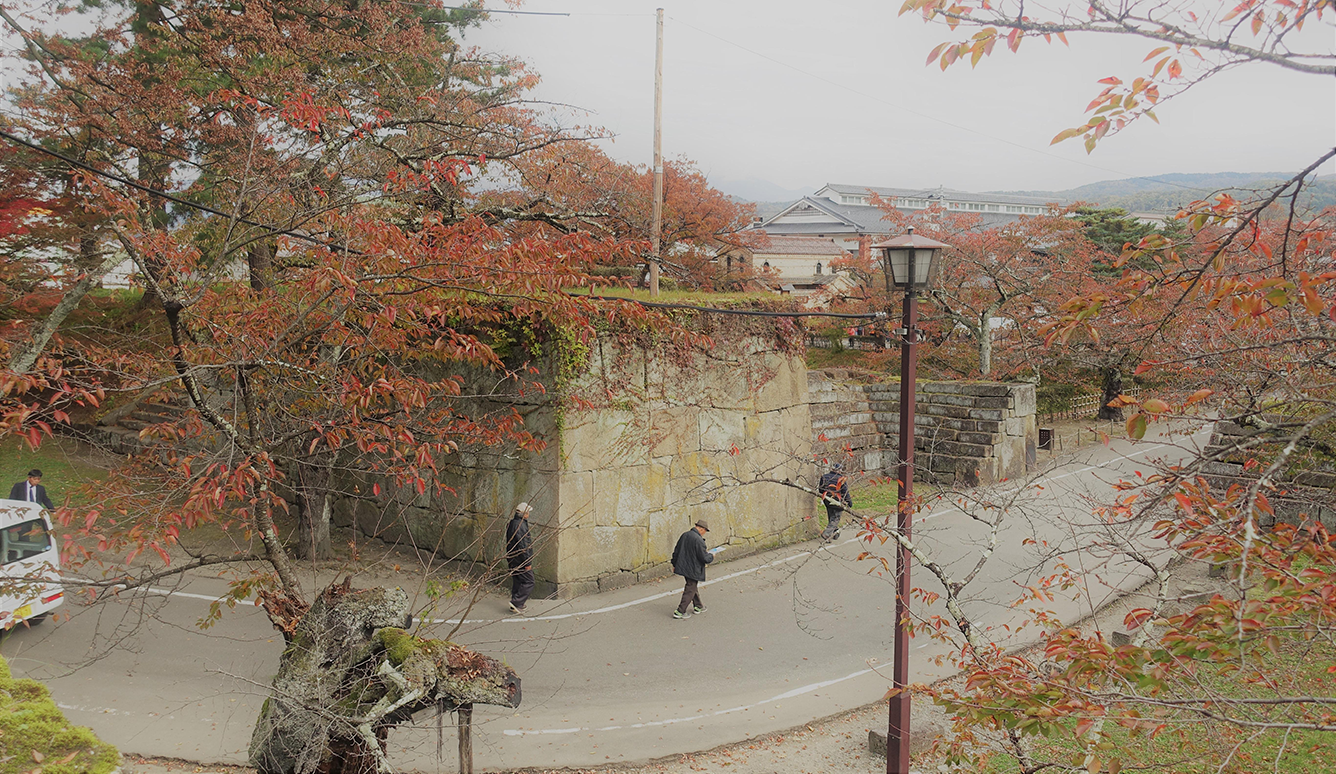
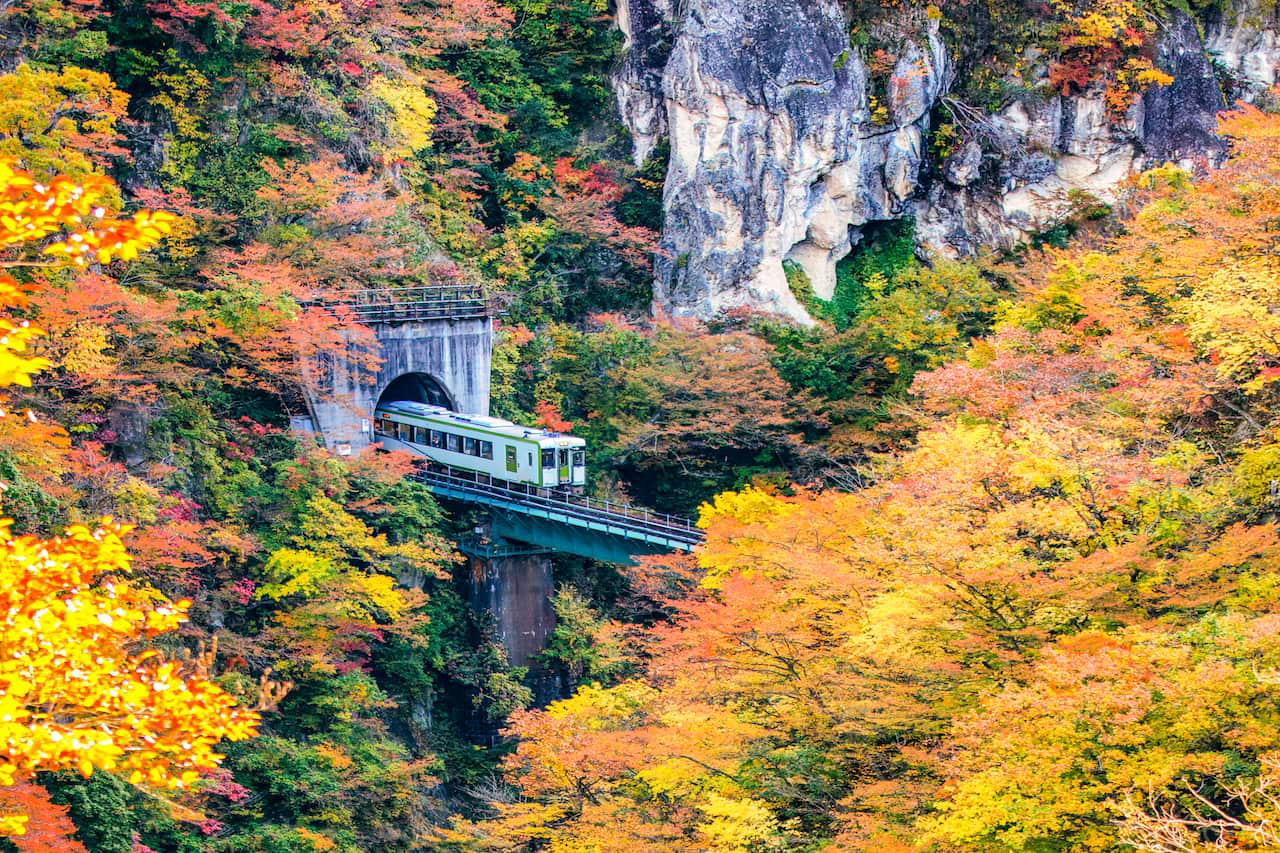
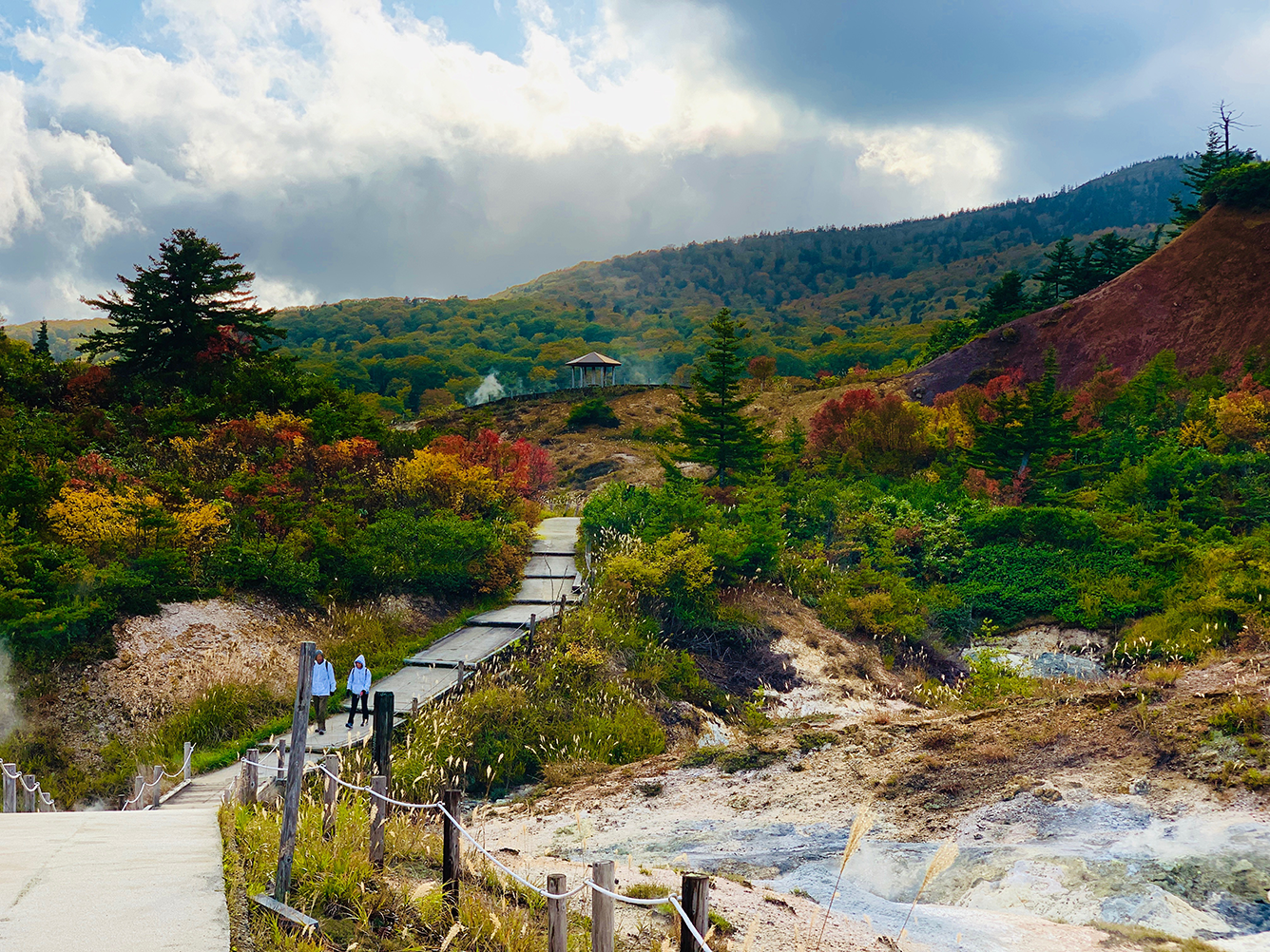
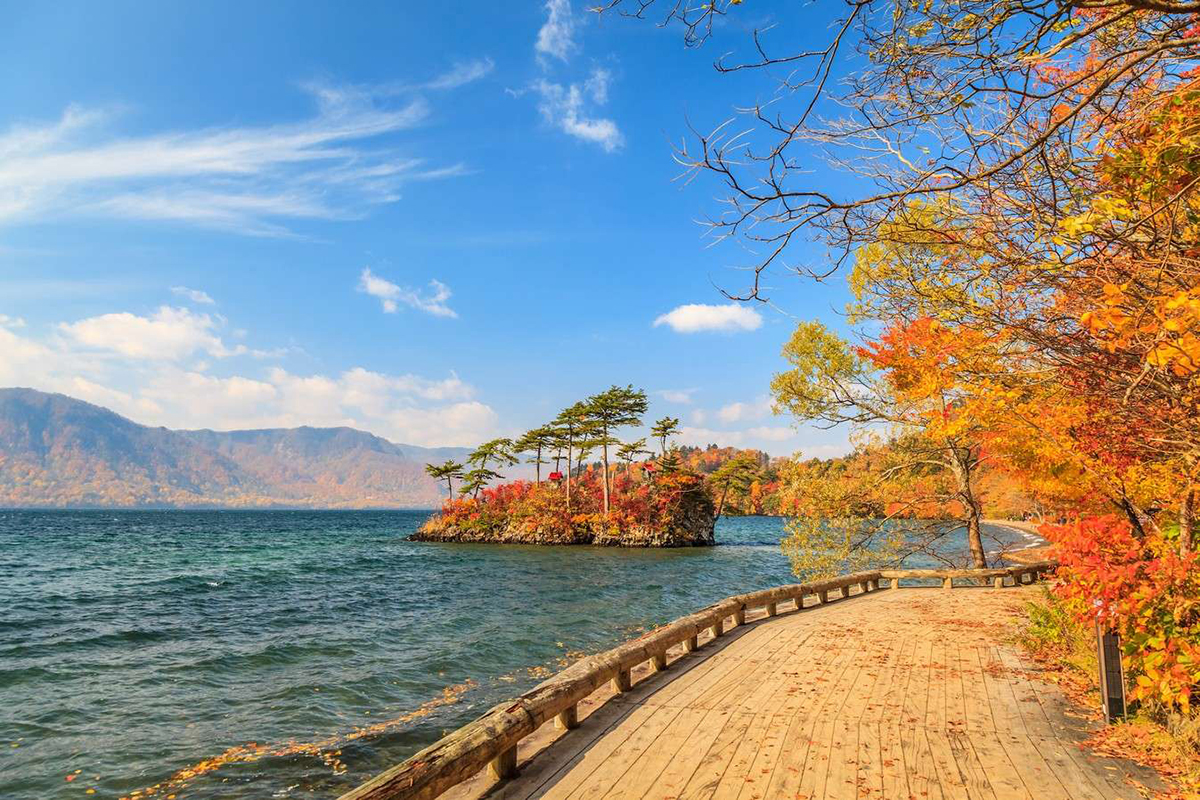
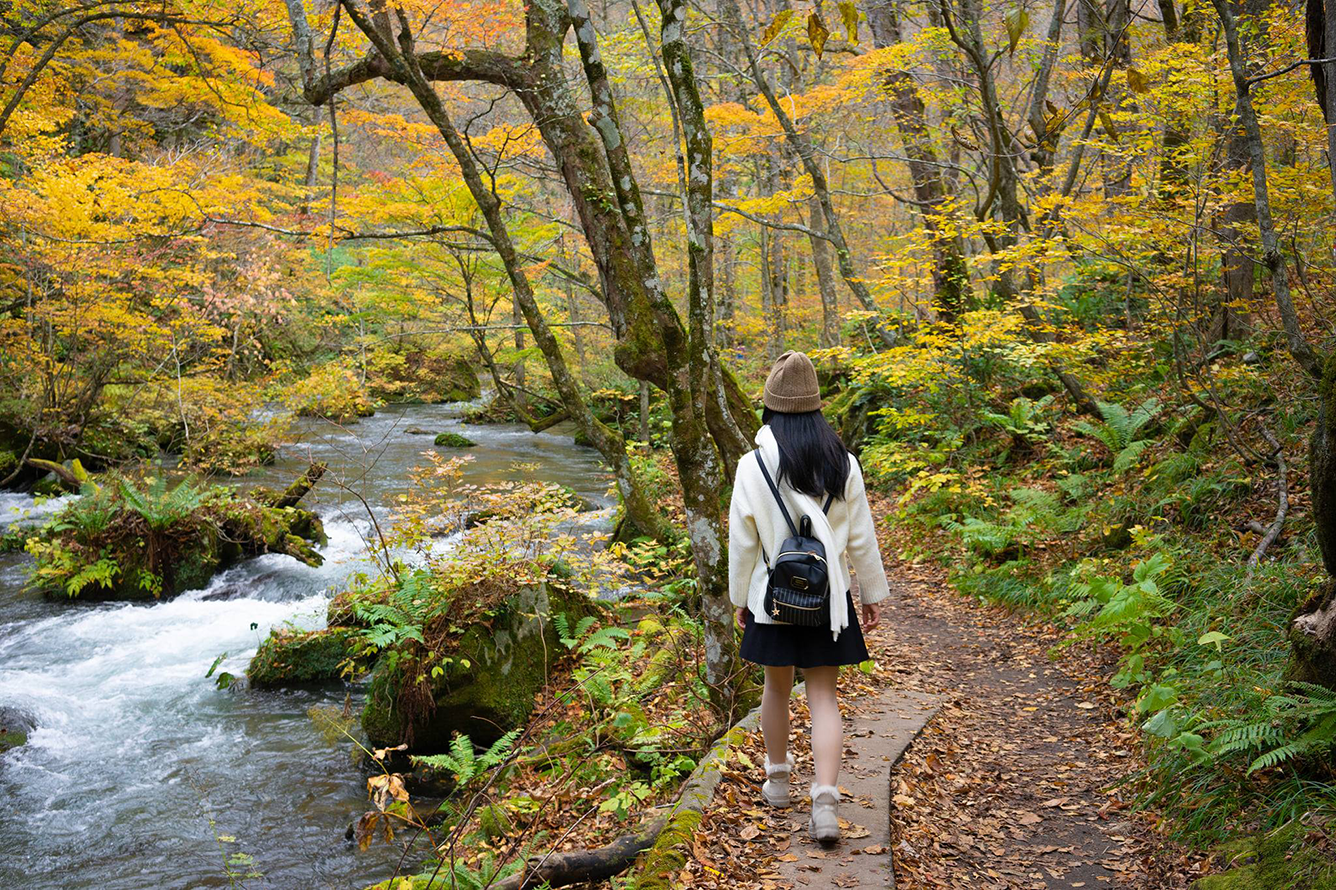
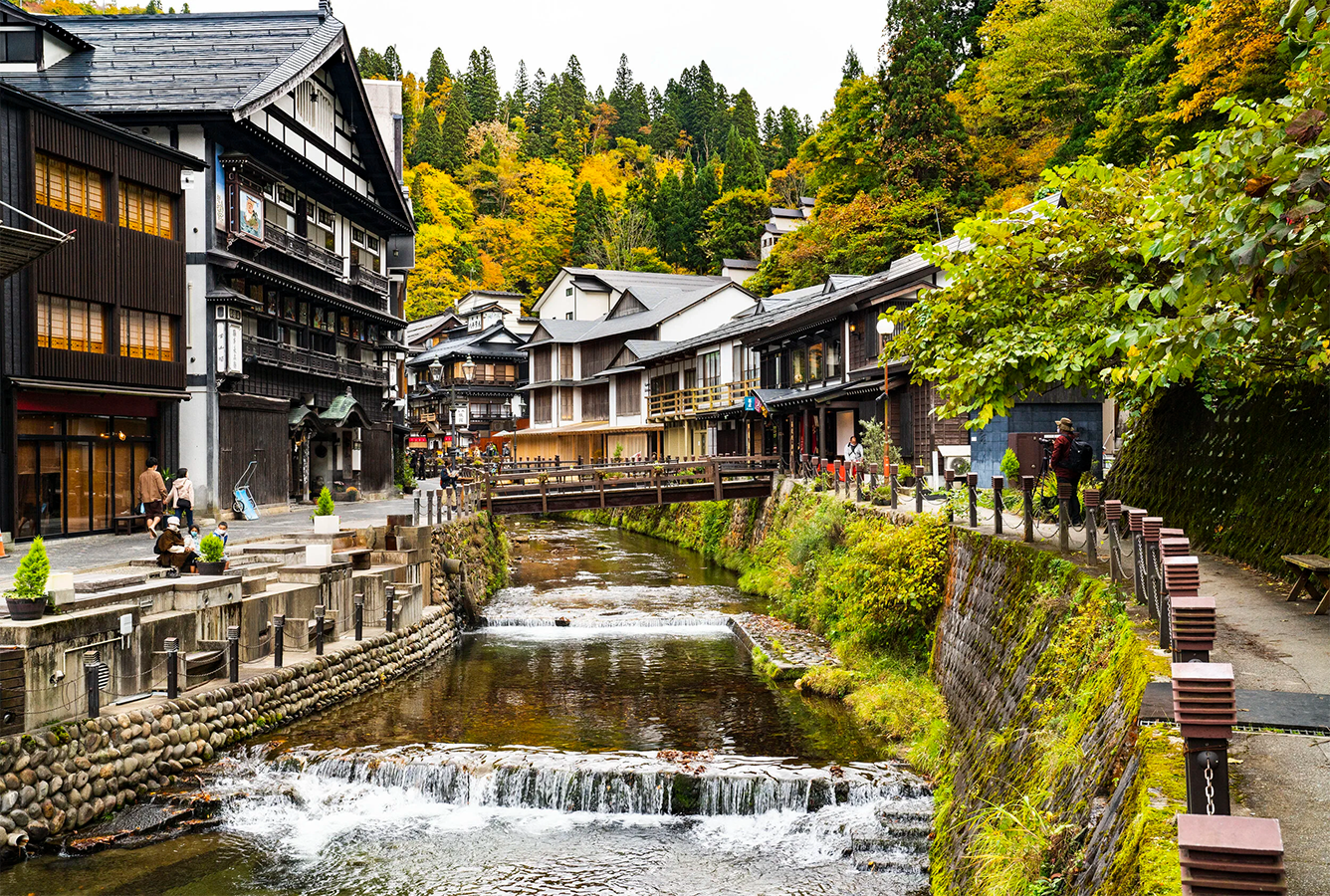
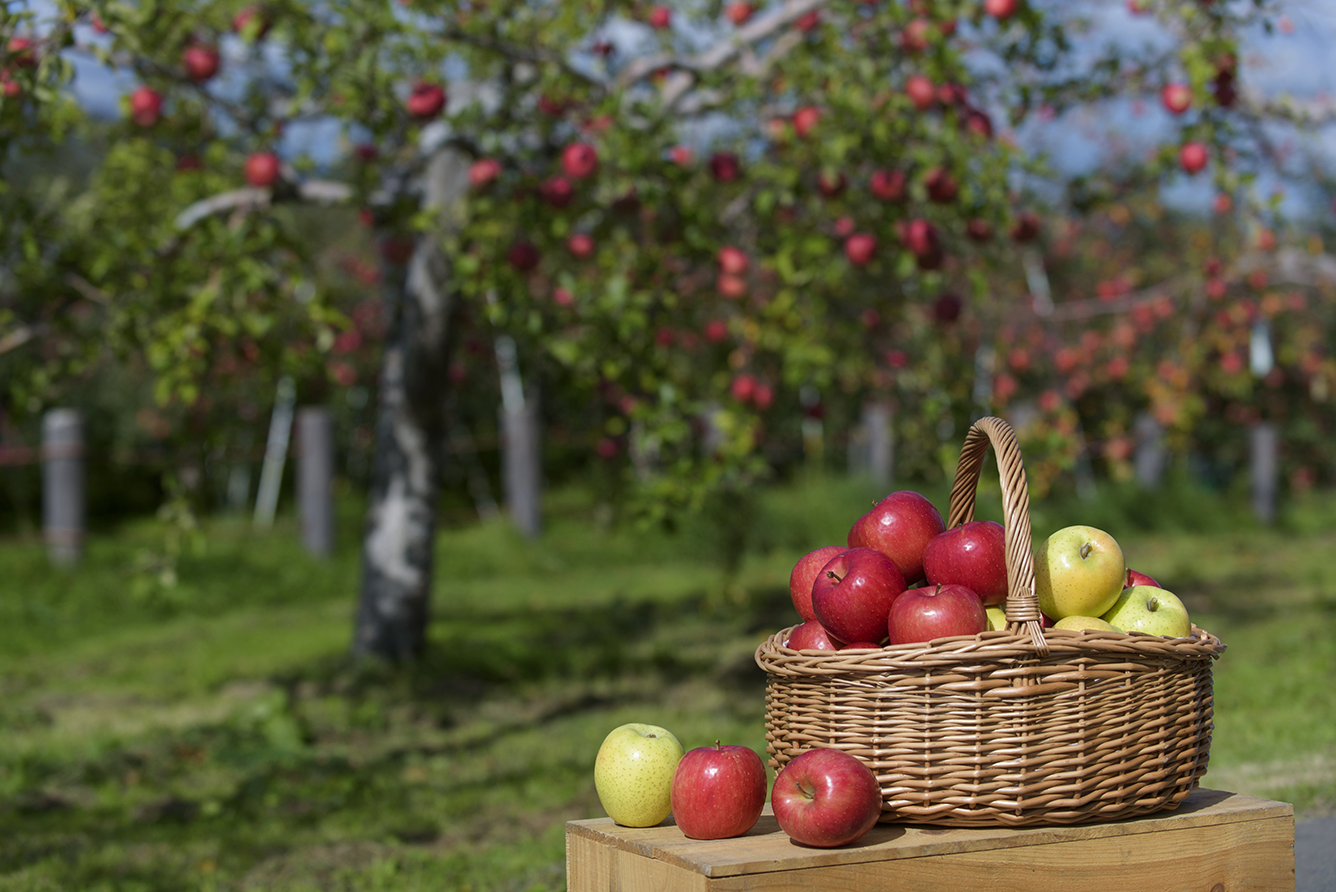
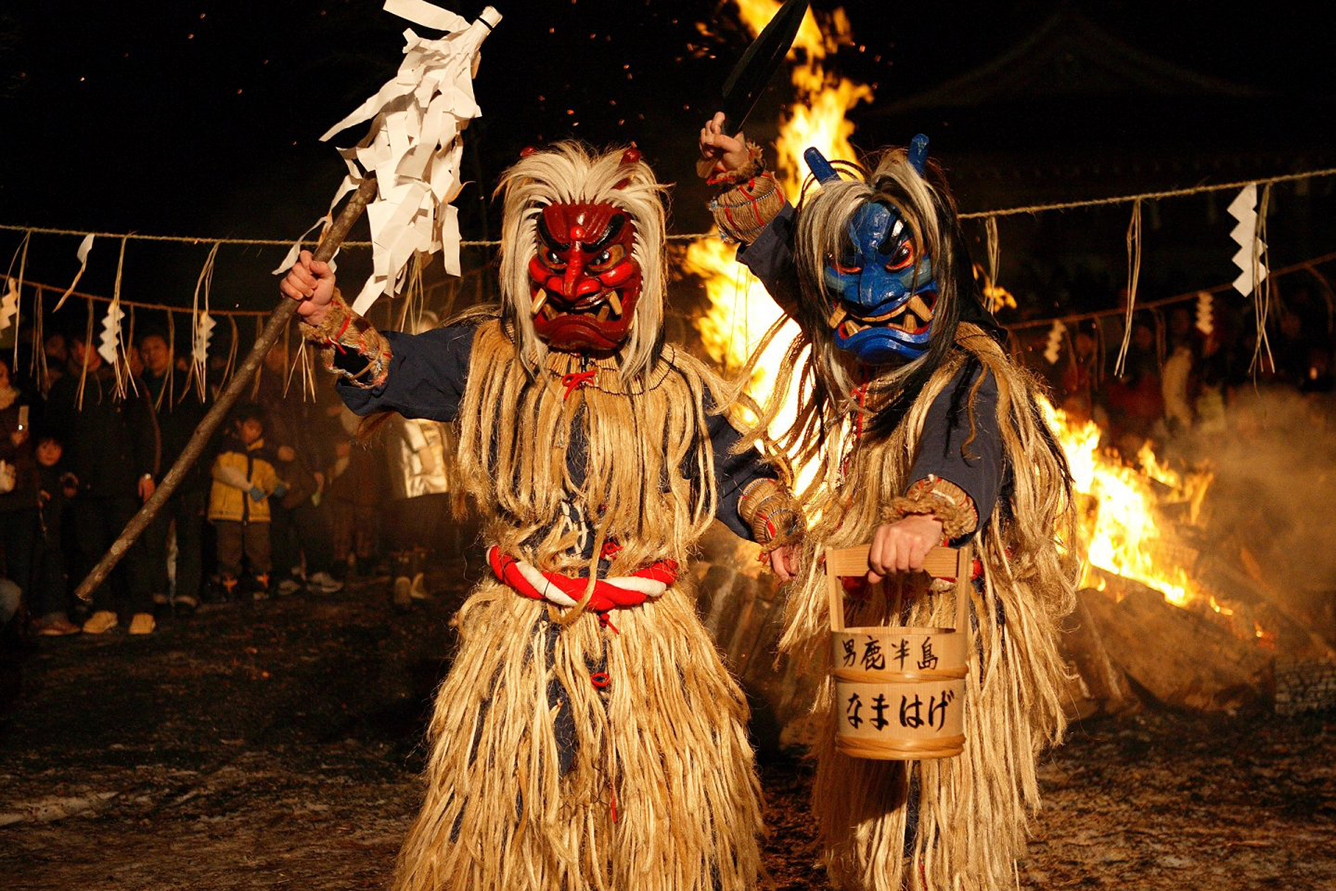





















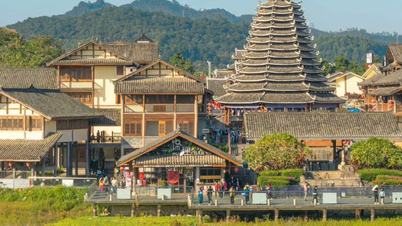











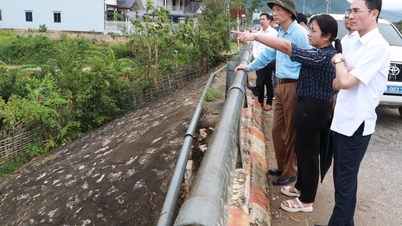
![[Photo] The 1st Congress of Phu Tho Provincial Party Committee, term 2025-2030](https://vphoto.vietnam.vn/thumb/1200x675/vietnam/resource/IMAGE/2025/9/30/1507da06216649bba8a1ce6251816820)
![[Photo] Solemn opening of the 12th Military Party Congress for the 2025-2030 term](https://vphoto.vietnam.vn/thumb/1200x675/vietnam/resource/IMAGE/2025/9/30/2cd383b3130d41a1a4b5ace0d5eb989d)
![[Photo] President Luong Cuong receives President of the Cuban National Assembly Esteban Lazo Hernandez](https://vphoto.vietnam.vn/thumb/1200x675/vietnam/resource/IMAGE/2025/9/30/4d38932911c24f6ea1936252bd5427fa)
![[Photo] Panorama of the cable-stayed bridge, the final bottleneck of the Ben Luc-Long Thanh expressway](https://vphoto.vietnam.vn/thumb/1200x675/vietnam/resource/IMAGE/2025/9/30/391fdf21025541d6b2f092e49a17243f)














































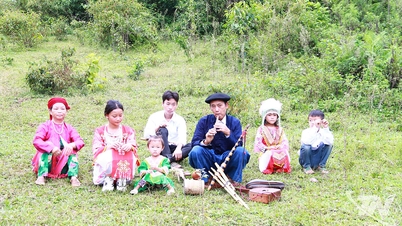




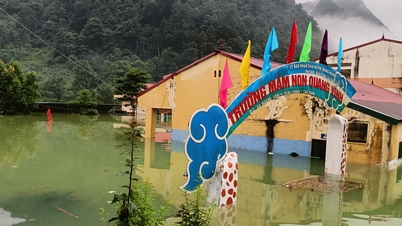














Comment (0)